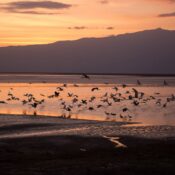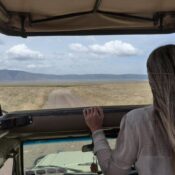Experience the Great Migration in Serengeti National Park
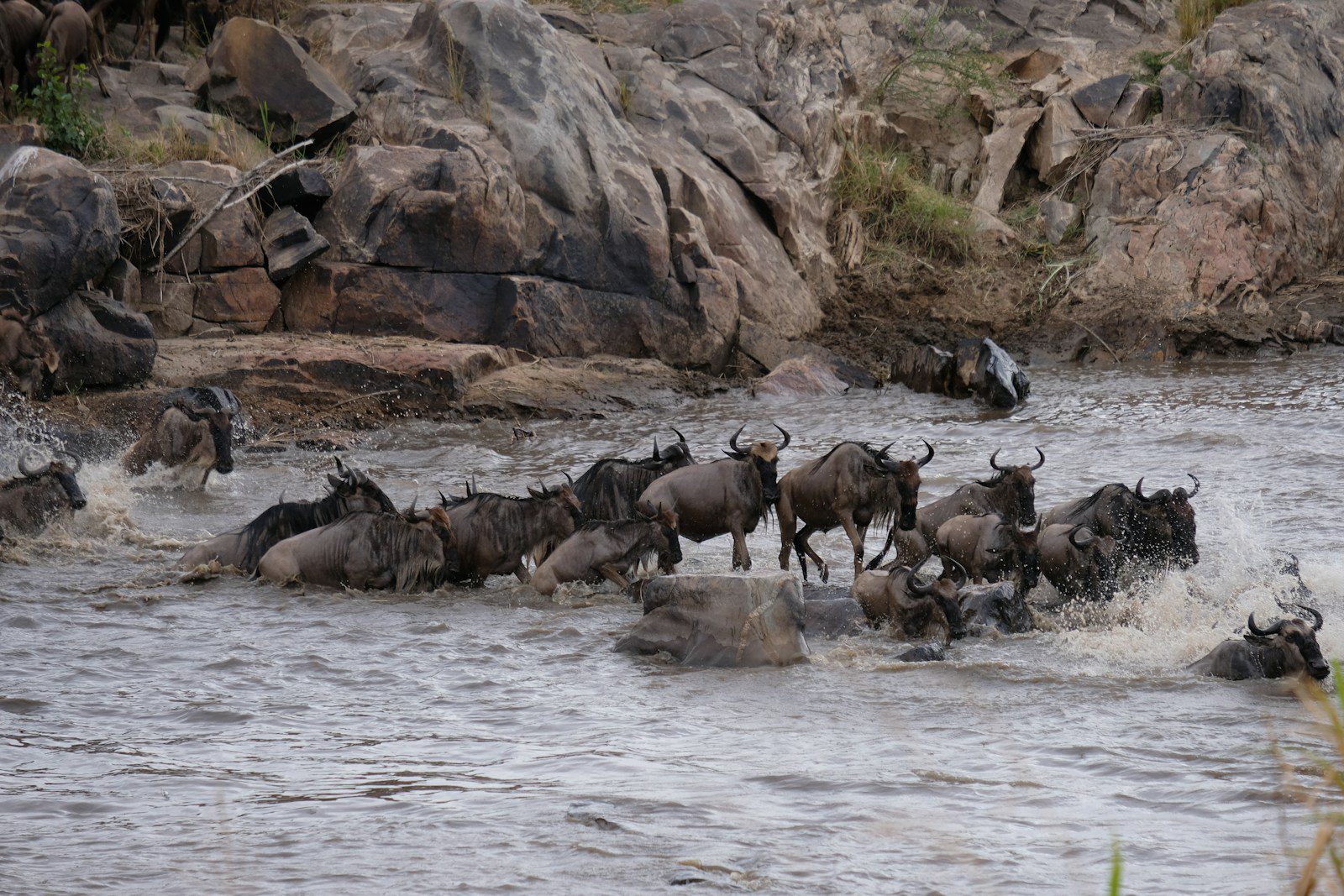
Experience the Great Migration in Serengeti National Park
Imagine witnessing millions of wildebeest, zebras, and gazelles embarking on a treacherous journey across vast plains, dodging hungry predators and braving raging rivers. This is the Great Migration, one of the most awe-inspiring natural spectacles on Earth. Taking place annually in Serengeti National Park, Tanzania, and extending into Kenya’s Maasai Mara, the migration is a breathtaking display of nature’s raw power and beauty. Whether you’re an adventure seeker, a wildlife enthusiast, or a photographer, experiencing the Great Migration is a once-in-a-lifetime opportunity. In this guide, we’ll dive deep into everything you need to know about witnessing this grand event, from the best times to visit to insider tips for an unforgettable safari.
Table of Contents
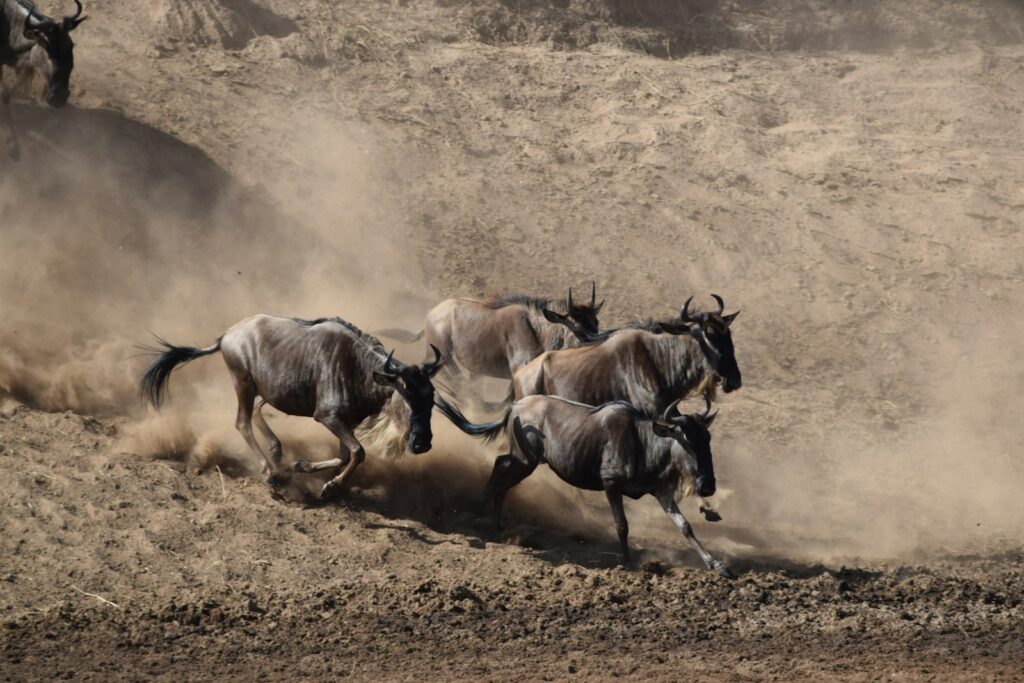
What is the Great Migration?
The Great Migration is an annual movement of over 1.5 million wildebeest, accompanied by hundreds of thousands of zebras and antelopes, as they traverse the Serengeti-Mara ecosystem in search of greener pastures. This cyclical journey, spanning approximately 1,800 miles, is dictated by rainfall patterns and the need for fresh grazing lands. The migration is one of the last remaining large-scale natural movements of herbivores on the planet and a crucial part of the Serengeti’s delicate ecosystem.
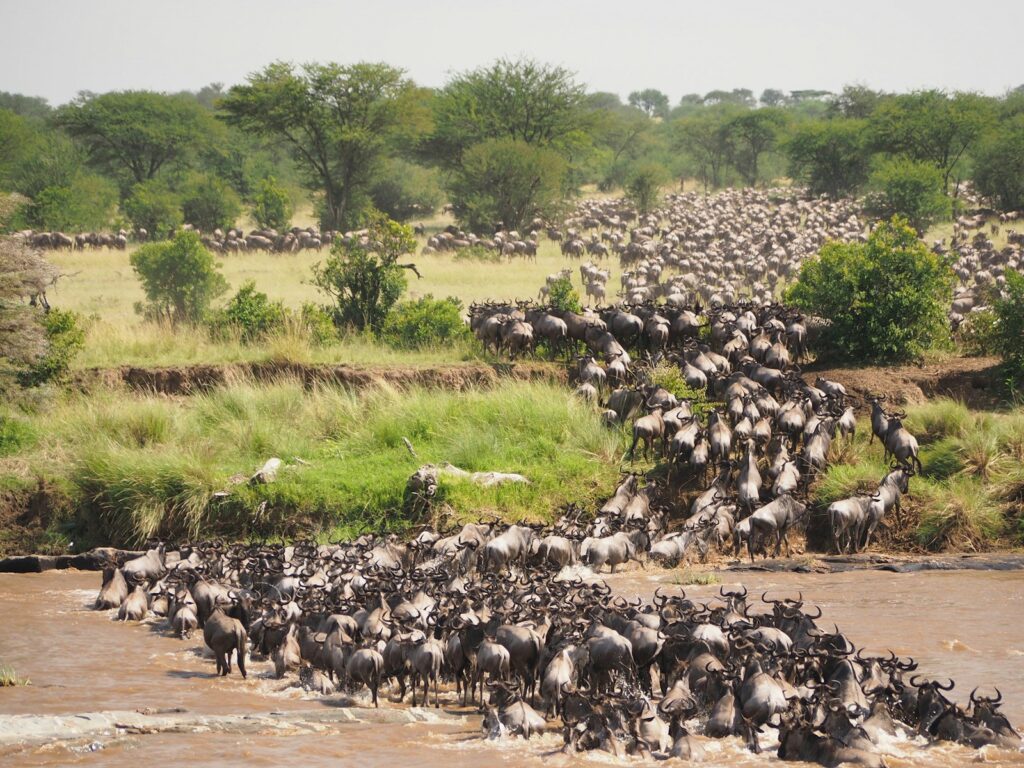
The Migration Cycle: Month-by-Month Breakdown
The journey begins in the southern plains of the Serengeti, particularly in the Ndutu region, where vast herds gather for calving season. During these months, around 500,000 wildebeest calves are born, attracting numerous predators such as lions, cheetahs, and hyenas. This period offers spectacular sightings of dramatic predator-prey interactions, making it a prime time for photographers and wildlife enthusiasts.
As the dry season approaches, the herds begin their migration northward, moving through the central Serengeti. April and May bring long rains, transforming the landscape into lush, green grazing lands. Although this period is less crowded with tourists, it offers an opportunity to witness large herds on the move in a more tranquil setting.
By June, the migration reaches the Western Corridor, where the first of the dramatic river crossings take place at the Grumeti River. Though not as intense as the famous Mara River crossing, Grumeti presents its own set of challenges, including lurking crocodiles waiting to ambush their prey. The dry season sets in, attracting other wildlife such as elephants, giraffes, and big cats, making this an excellent time for game viewing. This is the most iconic and thrilling phase of the migration.
Thousands of wildebeest and zebras attempt the perilous crossing of the Mara River into Kenya’s Maasai Mara. The river is teeming with enormous Nile crocodiles, and many animals do not survive the treacherous swim. The sheer chaos and intensity of the crossing make it one of the most sought-after safari experiences in the world.
After grazing in the Maasai Mara, the herds begin their journey back to the Serengeti as short rains revive the southern grasslands. This phase offers a more peaceful yet equally mesmerizing experience as the animals move steadily back toward their calving grounds, completing the migration cycle.

Best Time to Witness the Great Migration
The best time to witness the Great Migration depends on the specific stage of the journey you are most eager to experience. If you are fascinated by new life and dramatic predator-prey interactions, the calving season between January and March is an ideal period to visit. During this time, over half a million wildebeest calves are born in the southern Serengeti, primarily in the Ndutu region.
This spectacle attracts numerous predators, including lions, cheetahs, and hyenas, making it a thrilling time for wildlife photography and nature enthusiasts alike. The lush, green plains provide an incredible backdrop for witnessing this unique natural event.
As the dry season sets in, the herds begin their northward migration, making their way toward the Grumeti River by May and June. This period is often overlooked by tourists, yet it provides fantastic opportunities for viewing vast columns of wildebeest and zebras on the move.
The herds must navigate through thick woodlands and open plains while dodging lurking predators along the way. June also marks the beginning of the river crossings, with the Grumeti River being the first major obstacle. This river, though not as dramatic as the Mara River, presents its own dangers, including massive Nile crocodiles waiting for unsuspecting prey.
For those who seek adrenaline-fueled drama, the months between July and October are unparalleled. This is the time of the famous Mara River crossings, where thousands of wildebeest and zebras brave the treacherous waters filled with powerful currents and relentless predators.
The crossings are unpredictable, with some occurring in a matter of minutes while others take hours as the hesitant herds gather at the riverbanks before making the dangerous leap. The sheer chaos and determination displayed during these crossings make it one of the most exhilarating wildlife spectacles in the world.
As the short rains return in November and December, the migration cycle begins its journey back southward. This is a quieter yet equally rewarding time to visit, as the herds move at a more relaxed pace across the Serengeti. The landscape regains its lush greenery, offering a striking contrast to the dry months. This period is perfect for travelers seeking a more tranquil safari experience, away from the peak season crowds, while still enjoying incredible wildlife encounters in the heart of Africa’s most famous national park.
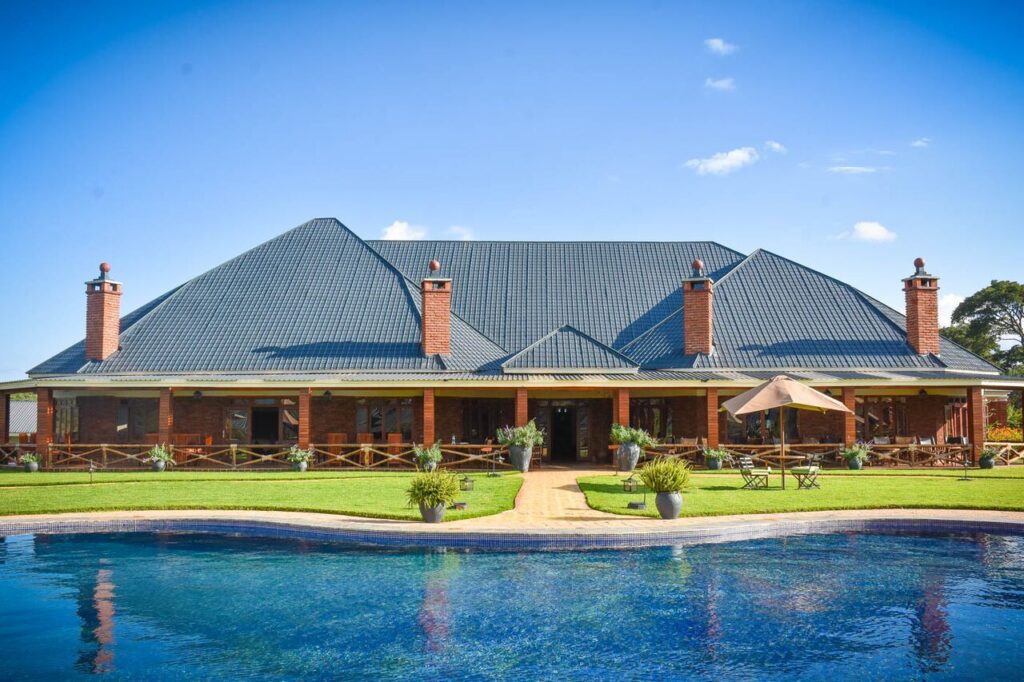
Where to Stay for the Best Migration Experience
Serengeti National Park is home to a variety of lodges and tented camps that offer front-row seats to the migration. Some of the best accommodations include Serengeti Migration Camp, positioned near the Grumeti River, perfect for the western migration route. Sayari Camp is located near the Mara River, making it an excellent choice for witnessing the dramatic crossings, while Ndutu Safari Lodge offers a prime location for calving season sightings.
For an immersive experience, mobile camps that move with the herds are an excellent choice. These camps relocate throughout the year, ensuring guests are always in the heart of the action. Some notable mobile camps include Serengeti Safari Camp, Nomad Serengeti Mobile Camp, and Legendary Serengeti Camp.

How to Get There
Safari Stride specializes in organizing unforgettable safari experiences in Tanzania, offering personalized itineraries tailored to your preferences. Whether you’re seeking an exhilarating game drive through the Serengeti or an immersive cultural encounter with the Maasai people, our expert team ensures a seamless and enriching adventure. Contact us at [email protected] for professional assistance in crafting the perfect safari itinerary.
The Serengeti is easily accessible through air travel, with international flights arriving at Kilimanjaro International Airport. From there, domestic flights can take you directly to Seronera Airstrip or Kogatende Airstrip, positioning you right at the heart of the action. Alternatively, if you enjoy the thrill of the open road, an overland journey from Arusha to the Serengeti provides an extraordinary opportunity to witness Tanzania’s diverse landscapes, from rolling hills to vast savannahs. Although the drive takes approximately six to seven hours, the ever-changing scenery and wildlife sightings along the way make it a rewarding experience for adventurous travelers.
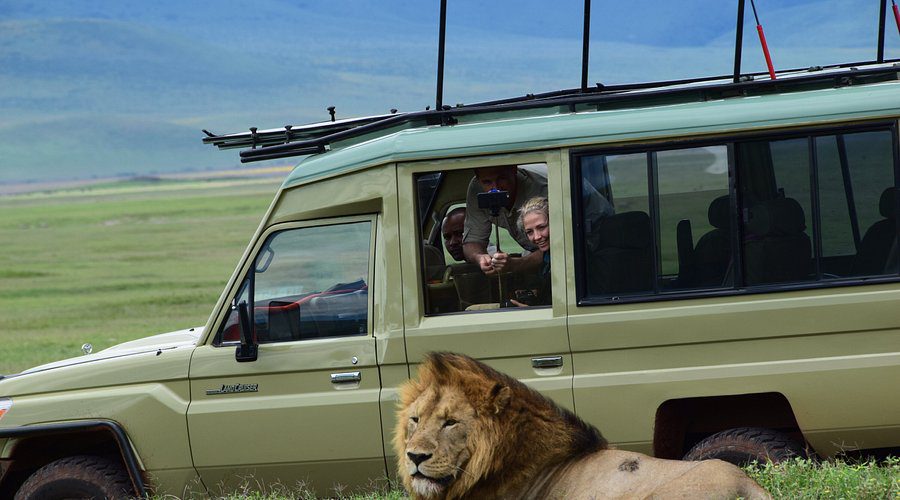
Essential Safari Tips for Experiencing the Great Migration
Booking accommodations well in advance is crucial due to the migration’s popularity, with lodges filling up months ahead. A knowledgeable safari guide enhances the experience by providing insights into animal behavior, tracking wildlife, and navigating the vast plains. Packing the right gear, including lightweight clothing, binoculars, a camera with a zoom lens, sunscreen, insect repellent, and comfortable shoes, ensures a comfortable and rewarding safari. Respecting wildlife and the environment by maintaining a safe distance from animals, minimizing noise, and avoiding littering helps preserve this incredible ecosystem.
Conclusion
The Great Migration is one of nature’s greatest spectacles, offering a once-in-a-lifetime experience for those lucky enough to witness it. Whether you’re drawn by the thrill of the Mara River crossings, the beauty of the calving season, or the raw survival instincts of Africa’s wildlife, Serengeti National Park promises an unforgettable adventure. If you’re planning to explore Tanzania and witness the wonders of the Serengeti, Safari Stride is here to help.
Our dedicated team specializes in curating personalized safari experiences that cater to your interests and travel style. Whether you dream of a luxury lodge stay with breathtaking savannah views or an authentic camping adventure under the African sky, we handle all the details so you can focus on enjoying the journey. Contact us today at [email protected] to start planning your ultimate African safari adventure and embark on a trip filled with unforgettable memories.
Recent Posts



